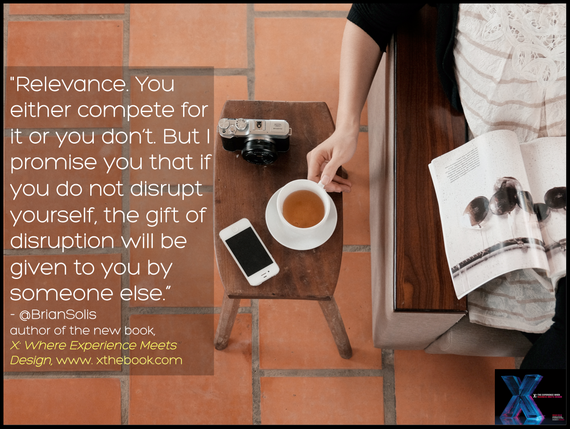In 2012, Sephora decided to make major changes to improve customer experience both in its in-store and online platforms. The company looked at its current customer interactions and realized that shoppers took a multifaceted approach to purchasing the company's beauty products. The company needed to integrate the journey to enhance the experience.
In his book, X: The Experience When Business Meets Design, author Brian Solis looks at the way brands like Sephora, Intuit, and LEGO revamped their customer experience by first creating a map of the customer journey. Through customer journey mapping, brands can learn more about the interactions their customers have with their stores and websites and create better interactions.
Knowing Your Customers
There are two important questions brands must ask when they're trying to improve the customer experience. Those questions are:
- What is the experience our customers have today?
- What could or should it be tomorrow?
Often when a brand begins customer journey mapping, it finds a gap between that first and second question. That gap is where businesses should focus their user experience improvements.
As important as customer journey mapping can be to a business's growth, however, many businesses have yet to take the opportunity. When surveyed, 42 percent of respondents said they have not yet researched the digital customer journey, while only 25 percent say they have completely mapped the customer journey within the past year and have a clear understanding of new digital touch points.
Understanding Touch Points
In today's digitally-centered consumer market, it's important that businesses understand each of the touch points in which they reach customers. A digital touch point refers to the device through which consumers discover a brand. Today's customers reach brands through mobile devices and computers, as well as through traditional media like television ads. Each of these media brings unique challenges. When businesses understand those unique challenges, they can tailor their messages to be most effective through each of those touch points, and evolve to accommodate consumers.
To begin mapping the customer journey, brands must first understand their customers. What uniquely defines a brand's customers and what is the difference between a customer's digital and traditional interaction with a brand? In the book, Solis describes LEGO's unique challenge in reaching their shoppers versus their consumers. Because the customers interacting with LEGO's products are children who lack the ability to make purchases, the company had to map two separate customer journeys to reach both parents, the shoppers, and children, the customers.
Through customer journey mapping, LEGO was able to deploy a successful customer experience for its customers and their parents.
"Going through the experience of your customers--how they navigate, on which devices, in what contexts, and to what things--reveals the quality of your experience at all touch points," Solis writes.
Finding a Good Team
Before a business can begin customer journey mapping, it needs the right team in place. Solis says brands should look for employees who have experience in human-centric design and data artistry. With data analytics playing such an important role in everything businesses do today, it's important to find a team that knows how to gather data, analyze data, and put that information to use in building winning customer experiences.
In his book, Solis details exactly what role each of these experts should play in designing a customer experience for businesses. From the team designing a business's apps to the employees setting up physical stores, it's important that every team member fully understand the customer journey and find ways to make each customer's experience a pleasant one.
X: The Experience When Business Meets Design is a book tailored to meeting the demands of today's customer. With so much competition in every industry, it's important that businesses be in touch with how their customers perceive their brand interactions and what can be done to improve each step of the experience.

